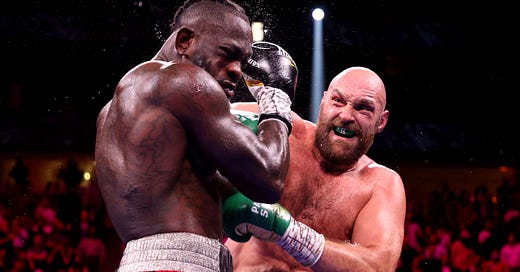The first person recognized as the World Heavyweight Champion of Boxing was John L. Sullivan. According to Wikipedia, he was “a cultural icon of the late 19th century America, arguably the first boxing superstar and one of the world's highest-paid athletes of his era.” Sullivan was the son of Irish immigrants. He defeated a fellow Irish-American, Paddy …
Keep reading with a 7-day free trial
Subscribe to The Neighborhood Sociologist to keep reading this post and get 7 days of free access to the full post archives.



